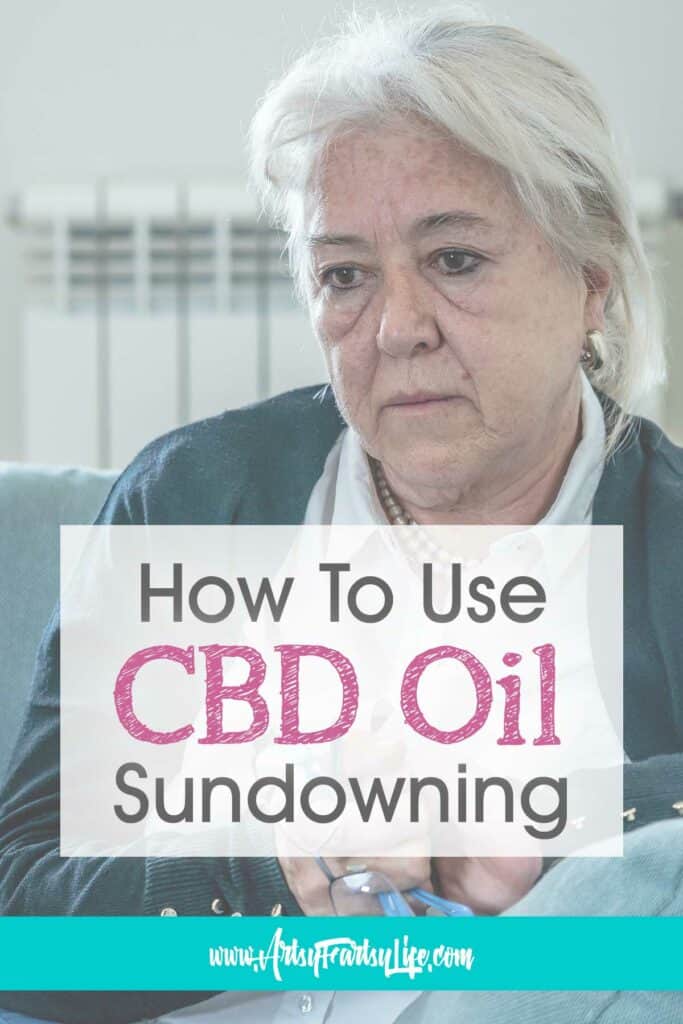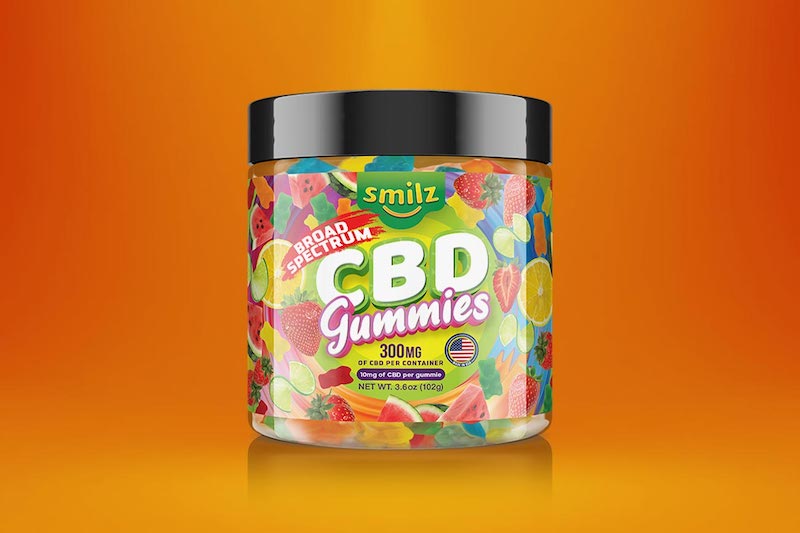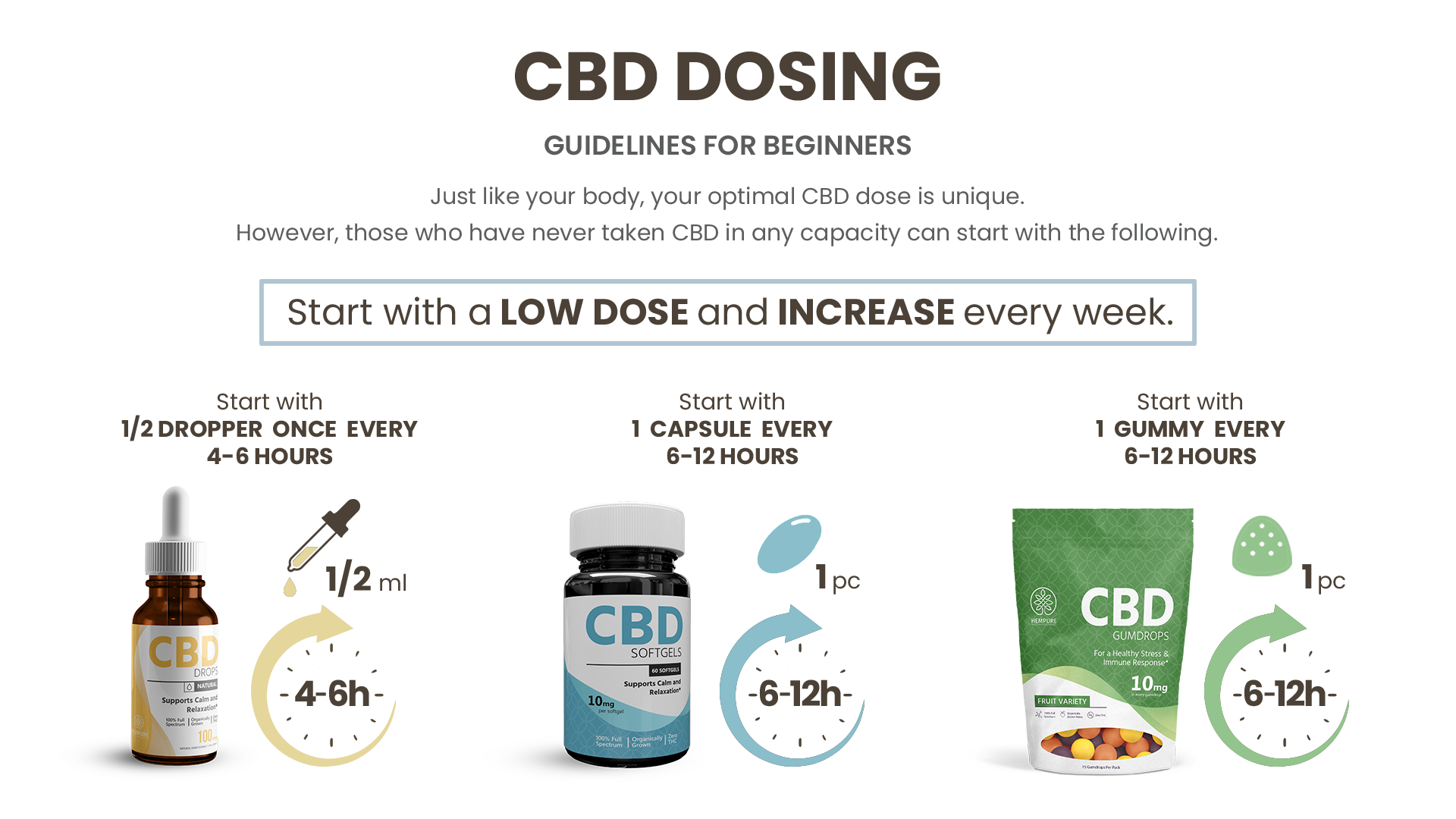
An allergic reaction to marijuana is when your immune system overreacts against a substance. It attacks a harmless substance, which can cause symptoms, such as itching or skin rashes. It is possible to be allergic to marijuana proteins as well as other foods. A doctor will examine the symptoms and perform an allergy test to determine if you have any other allergies. This involves applying a small amount on the skin to cause a reaction.
Skin testing
A skin test can be a good way to check if you may have an allergy. The test involves puncturing your skin and exposing the under layer to marijuana. If you're allergic, you might have a reaction in about 15 minutes, whereas if you're not, you may not show any symptoms.
People suffering from marijuana allergies should quit smoking immediately. Wear protective gloves and masks, and decongestants to ease their symptoms. They may also need epinephrine self-injectors to be on hand at all time. Finally, they should not be exposed to marijuana or its pollen in any environment.

Symptoms
Multiple symptoms may be associated with an allergy. Some of these symptoms may be more severe than others. If you experience constant pain in your throat or are constantly coughing, it could indicate that you have an allergy. An allergy test to marijuana can be used to confirm your diagnosis. It involves pricking yourself on a piece of skin and applying an allergen.
Even though skin tests can prove useful, they are not always perfect. A skin test does not necessarily indicate an allergic reaction. However, it doesn't guarantee that you will develop symptoms if the plant is exposed in another context. A blood test is another useful diagnostic tool.
Cross-reactivity with other allergens
People who are allergic or sensitive to marijuana can also react to certain fruits, vegetables and other substances. This is known as the cannabis-fruit-and-vegetable syndrome. It is caused by the same allergen (LTP), which is also found in certain legumes, plants, and grains. LTP is a potent allergen that is resistant to heat and digestive enzymes. The most common fruits and vegetables associated with Cannabis allergies are peaches, peanuts and citrus fruits.
A Belgian study found that cannabis-allergic patients were more likely than others to develop food allergies. Additional symptoms that marijuana-allergic patients experienced were diarrhea, vomiting, and anaphylaxis. Many fruits and vegetables have allergens that cross-react with marijuana. These include bananas, citrus fruits and peaches. Moreover, some people with this allergen may also experience oral allergy syndrome, a severe gastrointestinal condition that requires emergency medical attention.

Treatment
There are many treatment options available for allergies to marijuana. This depends on the type of allergy and the severity. One common test is the skin prick test, which involves injecting a small amount of diluted allergen into a patient's skin. In some cases, an intradermal test may also be necessary. Blood tests can also be used to confirm an allergy to marijuana.
You can control symptoms of an allergic reaction to marijuana by not smoking or wearing protective clothing. For some, however, it is impossible to avoid the effects of airborne exposure. Therefore, doctors may recommend antihistamines as well as decongestants. This condition can be helped by protective equipment, such as a mask.
FAQ
How big does the global CBD market look?
Euromonitor International estimated that the global CBD industry was worth $US3.5 billion in 2015. This represents an increase of over 10% from 2014.
The report projects that this figure will reach $US6.4 billion by 2020. This represents an average annual growth rate 12%.
CBD products are predicted to account for half of all the hemp-derived products globally by 2020.
This includes CBD oils as well as other CBD products, such food, beverages and cosmetics.
Is CBD growing?
The answer is yes The answer is yes! Legalization will continue to spread across North America, and this growth will continue. Canada, which legalized recreational cannabis, has passed several medical marijuana laws.
This trend will likely continue for at least another decade as more states pass legislation allowing access to medicinal marijuana.
The legalization of marijuana also makes sense from an economic perspective. Legalizing pot offers many benefits beyond providing a lucrative market alternative for farmers.
For example, it could help reduce crime rates by reducing the availability of illegal drugs. It could also bring in tax revenue to governments.
People may choose to drink less alcohol as legal marijuana becomes more popular. This would result in fewer hangovers, and lower healthcare costs.
For chronic pain patients, marijuana may even improve quality of their lives. Many people believe that THC, the active ingredient in marijuana can relieve nausea and muscle spasms caused by chemotherapy.
The use of marijuana may be a useful tool in treating mental illness such as anxiety and depression. According to some studies, marijuana can be used to treat schizophrenia.
Even though the CBD sector looks bright, there are still many challenges.
Which countries have the best quality CBD?
The United States produces the vast majority of CBD products.
However, CBD products can also be made in Canada, Australia, New Zealand and Israel.
How can CBD products sold in a legally compliant manner by companies?
The FDA does not regulate hemp as an agricultural commodity. The Controlled Substances Act regulates all cannabis derivatives, including marijuana. There are currently no regulations regarding CBD.
CBD is legal in 29 states. Federal law, however, still considers it illegal. This creates uncertainty for businesses looking to sell CBD products.
The FDA also has guidelines for how CBD products should be advertised. They must disclose the THC content of any CBD products. Without scientific evidence, companies cannot claim CBD treats certain medical conditions.
The FDA also requires manufacturers to provide detailed information about their manufacturing processes and quality control measures. Companies are also required to participate in clinical trials in order to demonstrate safety and efficacy.
These factors are crucial for companies to consider when developing their marketing strategies.
Statistics
- As a substance that was federally illegal before the passage of the 2018 Farm Bill, hemp-derived cannabinoids with no more than 0.3% THC still face a regulatory grey area. (forbes.com)
- CBD seems unlikely to directly influence sleep in healthy humans [115] (and maybe “sleep-promoting” in those with certain comorbid conditions) (ncbi.nlm.nih.gov)
- however, one study also found that these effects were virtually abolished when the original media (a nutrient broth agar) was replaced with one containing 5% blood (increasing the minimum concentration to ~160 μM CBD) [179]. (ncbi.nlm.nih.gov)
- A recent study [161] also found that in vitro CBD treatment (i.e., ≤ 2 h exposure to 10 μM) induced ~40% vasorelaxation in isolated (pre-constricted) (ncbi.nlm.nih.gov)
- The use of these products is likely to become even more widespread if the World Health Organization's recommendation that CBD no longer is scheduled in the international drug control conventions is adopted by the United Nations member states [201]. (ncbi.nlm.nih.gov)
External Links
How To
How to Sell CBD Oil At Home
CBD oil has become a popular online product. It is derived from hemp plants and has been used for centuries to treat pain and inflammation. It is a great product that can treat anxiety, depression, insomnia, chronic and other conditions. Many people aren't sure where to start when they first hear about CBD. This article will offer some useful tips to help you make money from home selling CBD oil.
Steps to Selling CBD Online
-
Check to see whether your state allows CBD oil sales. If not, then look into states where it is allowed. Before beginning any CBD oil-related businesses, you should contact your local health department.
-
You should ensure that your website complies with FTC regulations. There are two kinds of websites for CBD sales: those that adhere to FDA guidelines, and those not. Sites selling CBD oil have to adhere to the U.S. Food and Drug Administration rules. This means that they cannot claim CBD helps with medical conditions unless scientific evidence supports their claims. They must keep track of all transactions made through their website.
-
Learn more about CBD oil. Some people think that CBD means cannabidiol which is true; however, CBD can refer to anything extracted from the cannabis plant. Talking to your doctor can help you find out if CBD oils are right for your condition.
-
You must decide whether you plan to sell wholesalers or retail. Wholesale sellers can purchase large quantities of CBD oil for resale to retailers. Wholesalers will supply small quantities of CBD oil that can be rebranded for retail. Wholesale prices are usually more expensive than retail prices.
-
Decide if you want to open a drop shipping service. Drop shippers are those who ship products directly to customers via suppliers. They manage all aspects of shipping orders, including customer support. Dropshipping makes it easy for new entrepreneurs as there is little upfront investment.
-
Pick a manufacturer. Many companies sell CBD oil as an alternate medicine. These manufacturers have different strengths and flavors available. A lot of these companies also offer free trials. Start searching until you find the company that best suits your needs.
-
Start a page on Facebook. Marketing plays an important role in social media. With Facebook alone, you can reach millions of potential customers. Register a page, and then post information about the new venture.
-
Promote your brand. Start promoting your brand via other social media platforms, such as Instagram and Twitter.
-
You can sell your products. Once you have decided to sell CBD oils, you will need to decide which type of CBD oil product you want. Are you looking to sell tinctures or drops of CBD oil? How much would a bottle cost? What packaging would you choose?
-
Write a detailed description of each product. Include all the ingredients as well as any warnings related to CBD oil.
-
List the prices for your products. The strength of your product will affect the price. A 10ml container of 100mg CBD oil is $30; a 500mg CBD Oil bottle is $120.
-
Add images to attract more attention. You can post pictures of your products to let people know what they are getting into. You can even include videos if you wish.
-
Optimize the store. You must ensure your store is professional and well-organized. If your store does not look its best, you might lose customers due to bad design.
-
Online reputation can be improved. People are always searching for reviews about products on Google. Customers could be turned off if there aren't positive reviews.
-
Offer discounts. Many people do not like to pay full price for goods. If you give discounts, you can increase your profits.
-
Use email marketing. Email marketing allows you send promotional messages and offers to people who have expressed interest in buying your products. This is a great method to build relationships between your customers.
-
Make sure your website is optimized. It is important to have a functioning website when you are starting a business. Your website should offer useful information about the products and services you offer.
-
Help you manage your business. Many tasks go along with running a business. If you don’t hire someone else to handle some of these tasks, you can waste time trying out to finish certain tasks yourself.
-
Get started! This article has helped you get started in your CBD Oil Business. Best of luck!